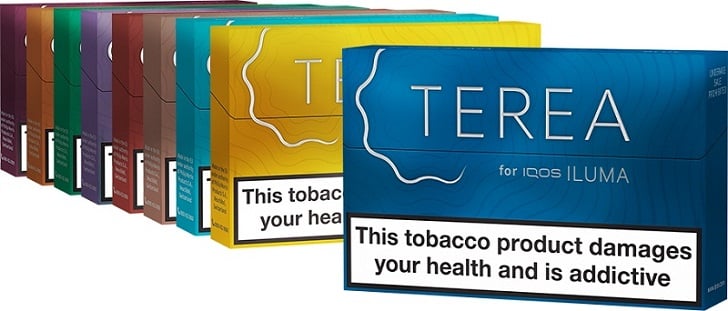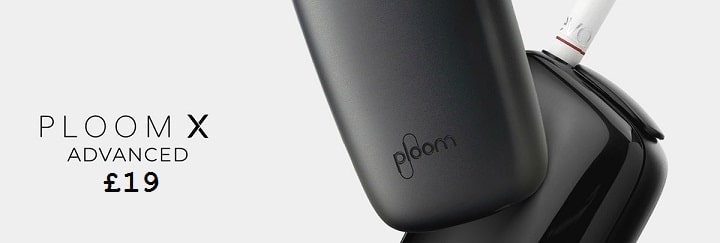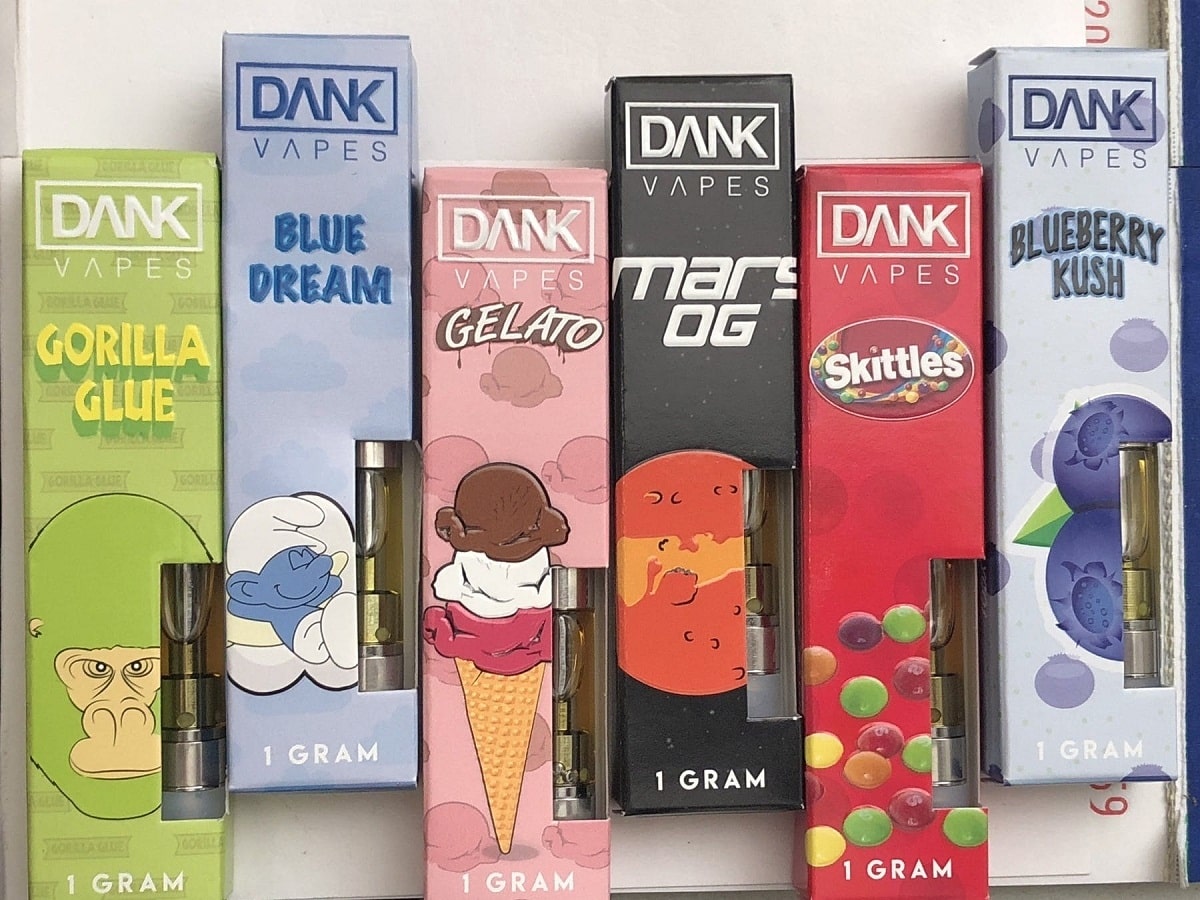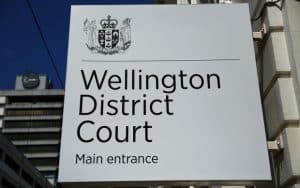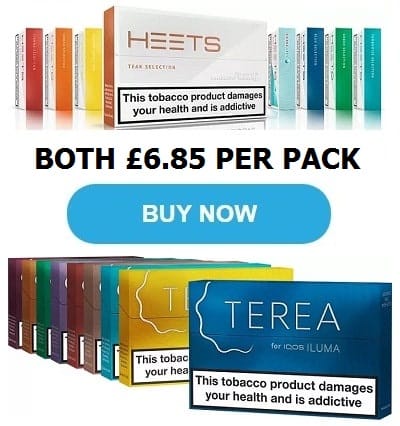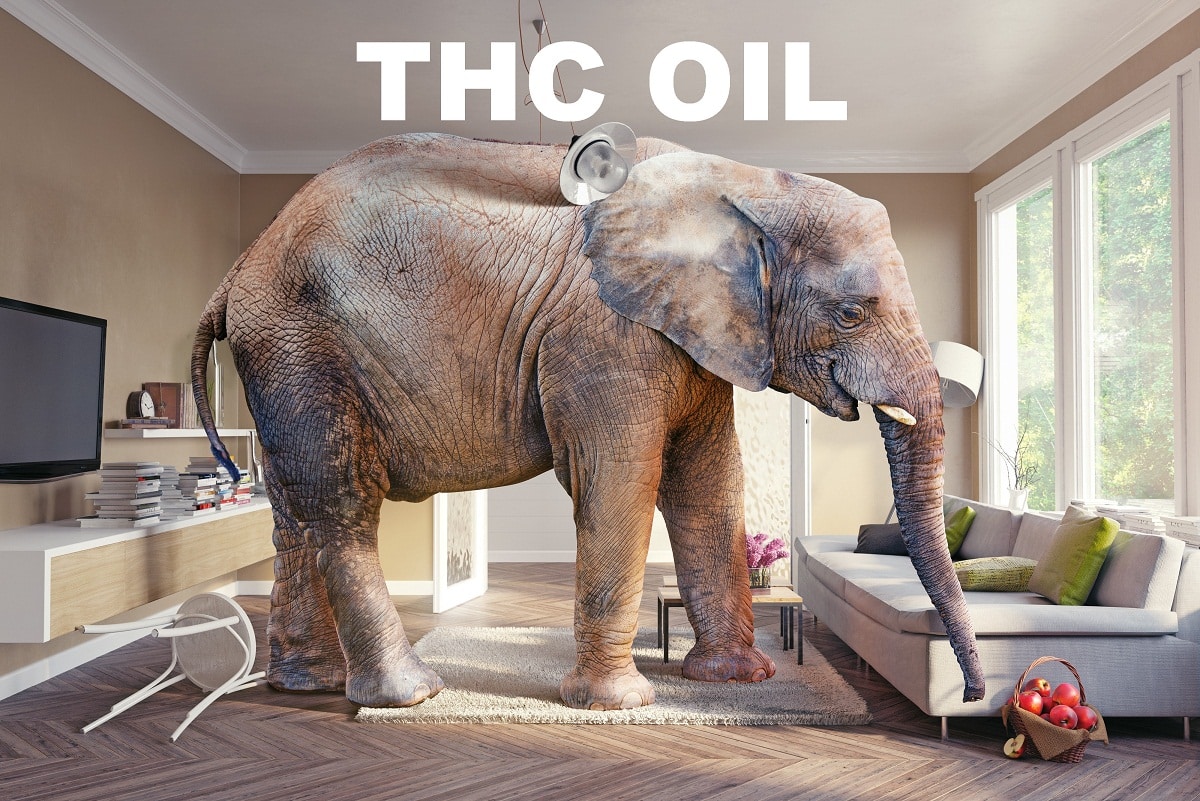
As conflation between ecigs & vaping continues, public health will suffer
Well. Where to start with the debacle currently playing out in the US?
At the end of last month (August), there were reports of serious lung problems among the US population which, to begin with, were solely attributed to “vaping” (or “e-cigarettes” depending on which media outlet was reporting it) although the cases were logged much earlier. The numbers being reported (starting at around 200, and rapidly rising) were a cause for concern.
It didn’t take long for the usual suspects to conflate e-cigarettes with loose-leaf vapourizers – and, of course, cannabis vapourizers. Both major health agencies – FDA and CDC released a joint statement (no pun intended – Ed) which didn’t really address the issue, nor give reassurances to the estimated 10 million US vapers. It did, however, mention:
At this time, there does not appear to be one product involved in all of the cases, although THC and cannabinoids use has been reported in many cases. At this time, the specific substances within the e-cigarette products that cause illness are not known and could involve a variety of substances.
So, the agencies already had suspicions as to the cause but, of course, they needed to be sure – which is entirely right and proper. No point saying a “the cause is X” only to later on have to apologise for mucking up. That would only serve to confuse the population and put a dent in their credibility – which, to be fair, isn’t that great when it comes to vaping anyway.
“Orange man bad” gets involved
Things didn’t really kick off until POTUS got involved. Seated in the Oval Office with Melania Trump and HHS Secretary Alex Azar, the President is quoted as saying “We can’t allow people to get sick, and we can’t allow our youth to be so affected.”
Secretary Azar defined the plans as effectively removing all flavoured products, with the exception of tobacco flavour, and any company can file for approval but the product would be off the market until approved.
Of course, it didn’t take long for the usual suspects to come out with “it doesn’t go far enough” with the most ridiculous statement:
With flavors potentially coming off the market in the next few months, lawmakers say the FDA should do more to regulate devices used for vaping. They call that necessary because the hundreds of illnesses and six deaths linked to vaping in recent months are potentially caused by illicit substances used in commonly available vaping devices.
With vaping devices still on the market, lawmakers worry that federal officials may not be able to stop illegal sales of flavored nicotine liquids.
The trouble is, as many would recognise, if something is banned from the market and it is sought after there is going to be a black market for it. Because it is a black market it is, by definition, completely unregulated. What should come as no surprise is that the former head of FDA, Dr Scott Gottlieb came out with this comment:
But banning all flavors could also limit availability of counterfeit nicotine e-cig pods and e-liquids that might be causing some illnesses.
Now, while it is clear that the “panic” started a long time ago – mostly surrounding a specific product – it quickly became an “epidemic”. However, what the public need to know, and aren’t being told, is the differentiation between ‘regular use’ and ‘experimentation’ which, as is the norm in US surveys, isn’t made clear – with the exception of the Monitoring The Future survey. The NYTS in particular doesn’t differentiate between “tried once or twice” and “regular use” in the past 30 days so it is difficult to say, with any degree of certainty, precisely what the rate of experimentation and use really is. However, it is being made somewhat clear with the addition of the definition:
Frequent tobacco product use defined as use of each respective tobacco product on ≥20 of the past 30 days.
The latest available data, which Gottlieb hinted at while he was still at FDA, does show an increase in the use of e-cigarettes – from 20.8 to 27.5% – with a breakdown of the preferred flavours. Naturally, you won’t be at all surprised to learn that fruit, menthol and candy are the top three. In that order.
A perfect storm of events
Armed with that information from the 2019 NYTS, and the growing speculation and conflation with the lung disease deaths, it is, unfortunately, quite clear to see that this proposed flavour ban is a perfect storm of events which will have significant adverse effects on vapers and the vaping industry.
Shortly after the announcement from the White House, the Governor of Michigan – Gretchen Whitmer – made the state the first in the US to try to ban flavoured e-cigarettes, with some pretty stiff penalties to boot – being caught with four or more flavoured vaping products could land a six-month jail sentence, along with a fine. This is because they believe carrying four or more flavoured vape products is “intent to supply”. The ban is to eliminate all online and retail sales of flavoured vape products in the state, except for tobacco-flavoured e-cigarettes. The passed legislation (as of 18/9/19) gives retailers 14 days – after the rule has been filed with the Secretary of State – to stop selling flavoured nicotine tobacco products.
The rule is quite clear. The flavour ban means that retailers in Michigan shall not sell, offer for sale, give, transport or otherwise distribute, nor possess with intent to sell, give or otherwise distribute a flavoured nicotine vapour product. No imagery explicitly, or implicitly representing a characterising flavour to sell, offer for sale, give, or otherwise distribute a vapour product. No “misleading” statements, including ‘unevidenced beliefs’ – i.e. this means that, until the US is satisfied with the current evidence, retailers cannot make any health or cessation claims (which they can’t anyway under the Deeming Rule). Fortunately, since the announcement of the legislation, the penalty for possession of flavoured vaping products as mentioned earlier has been removed.
As this is an ‘Emergency Rule’ it remains in effect from the date of filing with the Secretary of State for six months. With the option of a further six-month extension. After that, the rule has to follow the usual legislative process. No doubt that the rule will be extended – after all both the Governor and the Senate Majority Leader share ‘concerns’ about vaping – before the Governor formally introduces it permanently via the state’s administrative rules process.
New York quickly followed suit and, as of 17/9/19 became the actual first State to ban flavours with a grace period until October 7th before enforcement begins.
“It is undeniable that vaping companies are deliberately using flavors like bubblegum, Captain Crunch and cotton candy to get young people hooked on e-cigarettes – it’s a public health crisis and it ends today,” – Gov Cuomo
Footage of the various hearings for the New York flavour ban suggest that most of the panels were more interested in their phones than in listening to the public. Unlike Michigan, New York is only going to fine contraventions of the emergency rule. An eye watering $2,000 with the ban on flavoured e-cigarettes going into effect immediately, with an additional evaluation on whether to extend the ban to menthol within 14 days. As this is also an ‘emergency rule’, it is likely the same time frames as Michigan apply. Six months to start, followed by a six-month extension before having to follow the administrative rules process.
The District of Columbia has also begun the process of implementing a flavour ban. As I’ve detailed elsewhere, this was bound to happen. This does, naturally, beg the question:
Can Governors unilaterally ban products they don’t like?
It would seem that, for the moment, the answer is yes.
Despite the dominoes beginning to fall with limited flavour ban in – currently – three states, it should come as no surprise that certain organisations; most notably the Campaign for Tobacco Free Kids, are clamouring that they don’t go far enough and are already calling on Michigan, New York and D.C to ban all flavoured e-cigarettes while also prohibiting marketing to children (how on earth can this be regulated, it’s entirely subjective as to what is “child friendly” marketing) and, this is the killer, prohibiting on-line sales.
US vapers have it real bad
It’s hard to not feel sorry for US vapers – both of the e-cig kind and the heat-not-burn kind – given a wide array of useful idiots banging on about “health risks” when, for the most part, the exact same devices (with the exception of nicotine strengths) are on the market in the UK and across the EU without the same level of hysteria. Add in conflation with THC vapourisers, which are the most likely confirmed cause of the recent deaths (thus far, no confirmed cases of nicotine vaping related lung problems have emerged) and you have a perfect storm with all the useful idiots trying to outdo each other in their stupidity.
History tells us, time and time again, that prohibition doesn’t work. These new bans (and amusingly, New York may actually allow THC vaping, but not smoking in legislation next year) are an intensive, knee-jerk reaction to multiple factors that have no real relation to each other, and, in the end, it is the consumer that will suffer.

